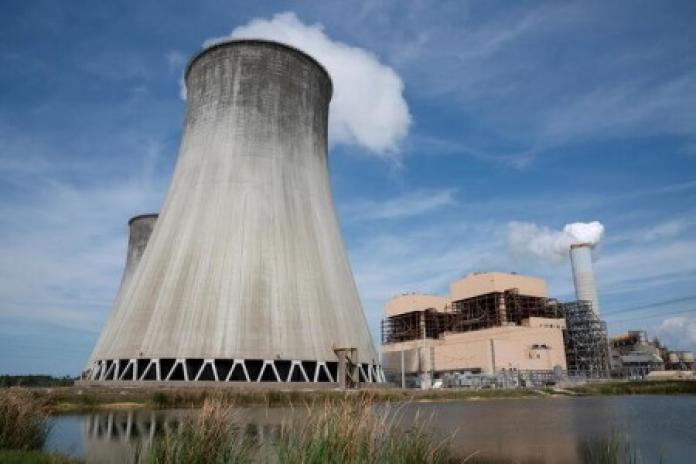U.S. President Joe Biden’s target to decarbonize the nation’s power industry by 2035 will only be achievable if clean energy technologies like advanced nuclear and carbon capture rapidly become commercially viable, according the chief executive of leading U.S. utility company Duke Energy Corp DUK.N.

Duke, which provides electricity to 7.8 million people across six states, plans to reach 50% decarbonization within its own system by 2030, CEO Lynn Good said. But progress beyond that is likely to become complicated, she added.
“When we get beyond, let’s say, 70% and we’re trying to get to 80% or 90% to 100%, we begin looking for a technology that does not exist at commercial scale today,” Good said during an interview at the Reuters Events: Global Energy Transition conference.
“So, as I think about the president’s goal of getting there by 2035, the timeline is going to be very dependent on whether those new technologies are not only viable … but ready to go to commercial scale at a price that can attract private capital and at a scale that can be used throughout the industry,” she said.
She said Duke was in discussions with the Biden administration and urging it to fund research and development to speed clean energy technology deployment.
Good’s comments add to a chorus of skepticism from the nation’s power companies that getting the industry to net-zero emissions by 2035, the centerpiece of Biden’s plan to fight climate change, is achievable.
At issue is the fact that renewable energy sources like wind and solar are intermittent, requiring other power sources to switch on when the wind dies or sun goes down.
Those other power sources could include things like zero-emissions hydrogen power, advanced nuclear, or long-duration battery storage, Good said, none of which have yet been proven viable at a commercial scale.
Good added that there will also likely be a role for natural gas into the 2040s, because it can quickly be deployed when renewable generation falls.
Emissions resulting from the continued use of gas would need to be captured and sequestered – another technology that has yet to be deployed widely because of its costs.
[contextly_sidebar id=”cjSJ6gZCopFuHoke7EB4uMqgTM5NjDGU”]




